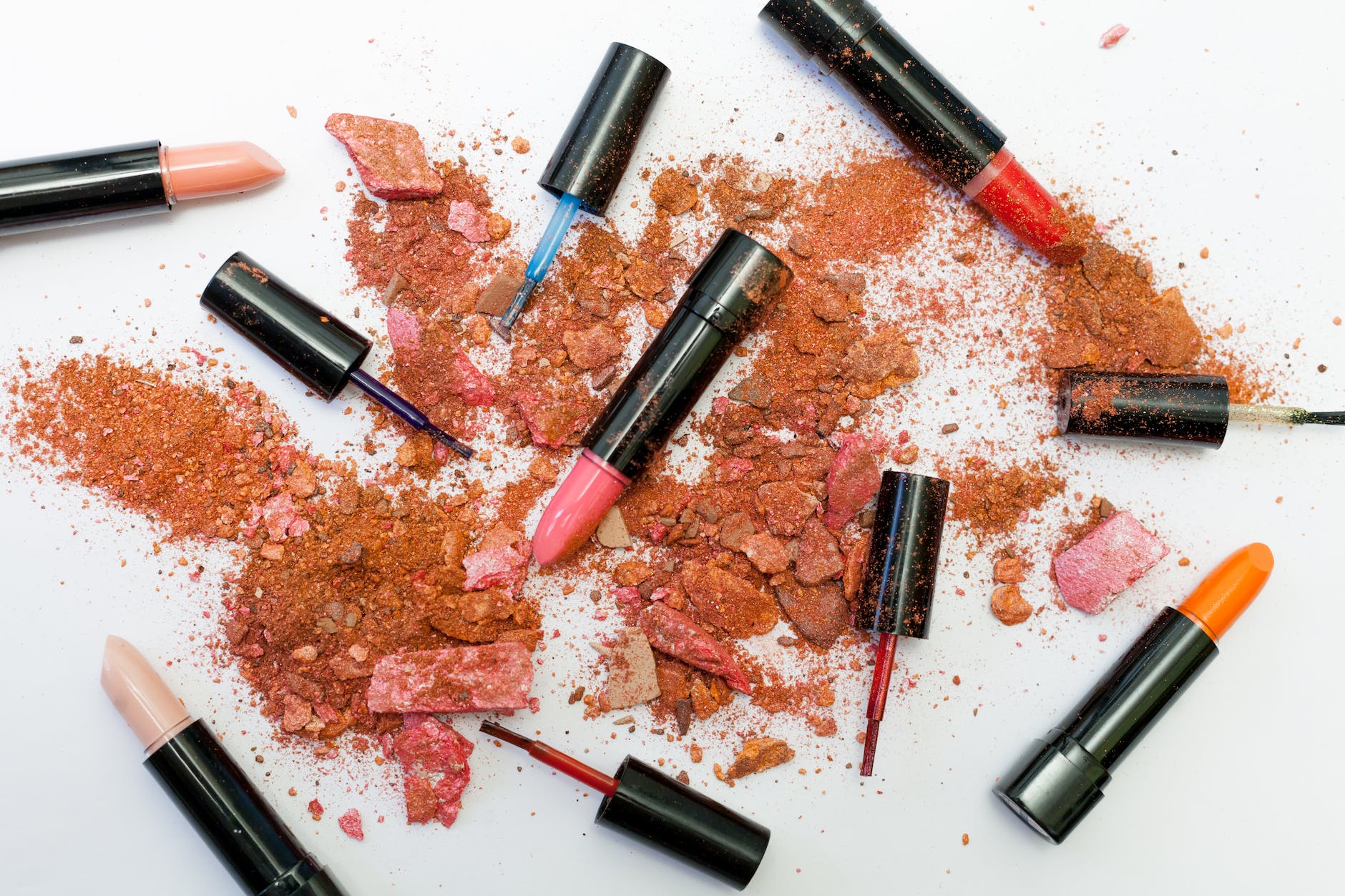
Toxic Ingredients that Might Be Present in Your Makeup
Makeup is something that a lot of people use daily. It enables us to enhance our features and makes us feel more confident. It lets us express ourselves in creative ways. But did you know that some of the ingredients in makeup can be toxic? In this age of enhanced awareness about the importance of organic and natural products, more and more women are seeking cosmetics free of hazardous chemicals.
Are you concerned about the ingredients in your makeup? You should be! Many conventional cosmetics contain toxic chemicals that can cause various health problems. But don’t worry, we’re here to help.
We’ve created a list of the most hazardous components found in cosmetics. With the help of this information, you can make better choices about the products you put on your skin. With this knowledge, you can find safe and stylish makeup.
1. Talc
Talc is a naturally occurring mineral often used in cosmetic products such as baby powder and eyeshadow. While talc is considered safe, it may harm one’s health because of the possibility of asbestos contamination. Both talc and asbestos are natural minerals found in the earth that frequently occur together.
Talc is considered a possible carcinogen linked to severe health issues like mesothelioma. If you or someone you know has been exposed to asbestos, you must seek medical attention immediately. Many platforms are available to provide guidance and support. For example, you may visit www.mesotheliomahope.com to learn about treatment options, financial assistance, and more.
2. Parabens
Parabens are a class of chemicals generally used as preservatives in cosmetics and personal care products. They may be in makeup, moisturizers, hair products, and shaving creams. They effectively prevent the growth of bacteria, mold, and yeast. However, parabens have been linked to cancer, endocrine disruption, and reproductive toxicity.
They can enter through the skin and mimic estrogen. Estrogenic activity has been linked to cancer. Although the number of parabens that enters the body through cosmetics is typically small, they can accumulate in the body over time and potentially cause health problems.
3. Phthalates
Phthalates are a group of chemicals that are used to soften plastics. They are found in various cosmetics, including nail polish, hair care products, fragrances, and makeup. The most common type of phthalate is dibutyl phthalate (DBP). Phthalates can potentially upset hormones, especially those involved with estrogen, such as testosterone.
4. Formaldehyde
Formaldehyde is a simple chemical compound containing hydrogen, oxygen, and carbon. It is found naturally in the environment and is a by-product of combustion. It is colorless, has a strong smell, and is a gas at room temperature. It is used to prevent bacteria from growing in products.
The formaldehyde-releasing preservatives (FRPs) used in various cosmetics slowly release small amounts of formaldehyde over time. It has been linked to cancer, asthma, and other respiratory problems.
Many companies have voluntarily stopped using formaldehyde in their products. However, it is still essential to check the labels of cosmetics and personal care products to make sure that formaldehyde is not present.
5. Lead
Lead is found in the earth’s crust. It is usually used in cosmetics because it has properties that make it desirable for use in certain products. For example, lead is used as a colorant to increase the opacity of products and to make products more durable. Kohl eyeliners and mascara might contain high amounts of lead, which is a hazardous heavy metal for the body.
It is a neurotoxin that can cause severe damage to the brain and nervous system. It is particularly harmful to children and pregnant women. The most common disease caused by lead exposure is lead poisoning.
6. Mercury
Mercury is a harmful heavy metal that is found in the environment. Inorganic mercury is used in cosmetics, including mascara, as a preservative. In non-eye-care cosmetics, intentional usage of mercury salts is expressly prohibited in the United States, although some products may still contain mercury as an impurity. It is found in certain skin lightening creams and anti-aging products.
Mercury can infiltrate the body through the skin and has been linked to various health issues, including brain damage, autism, and kidney disease. Pregnant females and young children are particularly vulnerable to the harmful effects of mercury. It can also cause allergic reactions and skin irritation.
7. Carbon black
Carbon black is a pigment used to color cosmetics and personal care products. It is often used in eye makeup, mascara, foundation, and lipstick.
The IARC has classified carbon black as a human carcinogen. It is also connected to lung cancer and other respiratory problems. It is essential to check the labels of makeup products to see if they contain carbon black. If a product does contain carbon black, stop using it immediately.
Conclusion
So, these were some of the toxic ingredients that might be present in your makeup. It is essential to be aware of these ingredients and check the products’ labels before using them. We hope these details will help you make more informed decisions when purchasing beauty products. Please share this article with your friends and family so they can be aware of the dangers of these toxins, too!
You can try plasma pen flip. Check Dermavel to know what is a plasma pen lip flip. The lip flip is a popular alternative to lip injections, as it is less expensive, non-invasive, and requires little recovery time.






